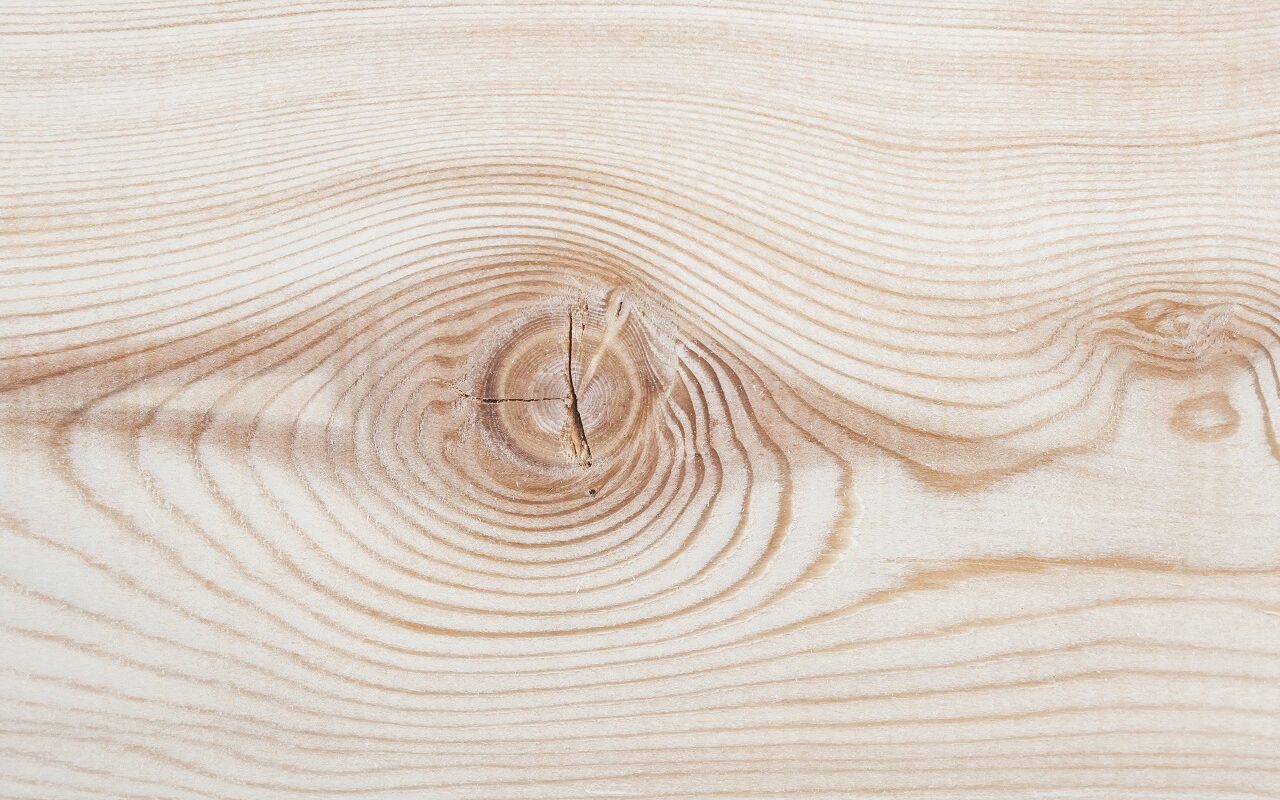 Add My Company
Add My Company
Are knots in timber good or bad?

When choosing timber for your construction project, one of the key considerations is the presence of knots in the wood. But are they something to avoid or something to embrace? To help grow your timber knowledge and work out the right boards for your project, we have taken a look at the pros and cons of timber knots, compiling everything you need to know in one place.
What Are Timber Knots?
Timber knots are natural irregularities in the wood, usually forming at sites where branches once grew on the tree. Live knots are tougher, less problematic knots, formed from branches which were still attached to the tree when it was felled. Dead knots on the other hand, which form when branches fall off pre-felling, can cause more problems. It is also the case that some are caused by damage to the timber, including injuries while the tree was growing or fungal infestations. Because they cause deviations in the grain of timber, they’re considered a point of structural weakness, so bear this in mind if your timber is required to span over any distance and support any weight.
As circular or oval-shaped features, knots appear as darker, denser areas within the wood, contrasting with the surrounding grain pattern and causing changes in the colour. But the size and frequency of knots in your timber products can vary, making them more or less suitable for your project, depending on what you require.
What Are Pitch Pockets?
Pitch pockets are similar to knots in your timber but are not actually the same thing. They begin with either insect damage or a large impact to the tree, creating an area of damage which takes the form of a hole. The sap from the tree then fills this hole, leading to a resin-filled pocket. It is important to note that pitch pockets can make your timber weaker and leak sap, so they are not ideal for all construction applications.
The Advantages of Timber Knots
The main appeal of knots is that they add a unique and charming look to timber, bringing plenty of visual appeal to your project. They tell a story of the tree’s growth, with each knot marking a branch which once sprouted. Some woodworkers and enthusiasts appreciate the rustic, natural look which knots provide. No two knots are alike, and embracing these differences in your wood means embracing their unique aesthetic.
It is also good to note that knots often make timber more affordable, which is a definite perk when you are on a budget!
Are Knots in Timber Bad?
Knots are not an out-and-out bad characteristic in your timber, but they do come with some disadvantages with which it is important you get to grips before choosing your boards.
The main downfall of knots is that they weaken the wood, especially when they are overly prevalent. If you find boards with large clusters of knots or a few big knots which take up a lot of space on the board, you might find the timber will not do as well in load-bearing situations. For projects which need structural integrity, it is best to keep knots to a minimum. There are visual grading rules that can help you decide what boards are suitable, or you can also ask your supplier for strength graded timber such as C24 or D30.
Working with wood which contains knots can also be more challenging, which is important to consider if you are a beginner. Knots can dull cutting tools and pose difficulties when trying to achieve smooth surfaces or precise cuts.
Over time, a crucial issue posed by a lot of knots is that they can loosen, creating gaps in your wood or even (in rarer cases) falling out. Not ideal!
Making the Right Choice
So, how do you decide whether knots in timber are a good or bad thing for your project? Here are some tips:
- Consider the application: for structural or load-bearing applications, such as decking, it is generally best to minimise knots or use strength graded wood, with fewer and smaller knots to ensure strength and safety.
- Look at the size and quantity of knots: small, tight knots are less likely to cause structural issues than large, loose ones.
- Embrace the look: if you appreciate the character of knots and do not need to worry about structural integrity, then there is no need to shy away from them!
In some cases, you can strategically incorporate knots into your design, balancing them with sections of clear wood to achieve both strength and visual appeal. For non-structural applications such as cladding, a rustic look with lots of knots can sometimes be the perfect look.
Find the Right Timber Boards at EcoChoice
Whether you are sold on the aesthetic appeal of timber knots, or you are looking for boards completely clear of them for wood which is structurally sound, we can help. At EcoChoice, we supply FSC-certified timber for projects across the UK and are more than happy to help you find the right species. Get in touch with us today and let’s talk timber!
For more information on Are knots in timber good or bad? talk to Ecochoice

